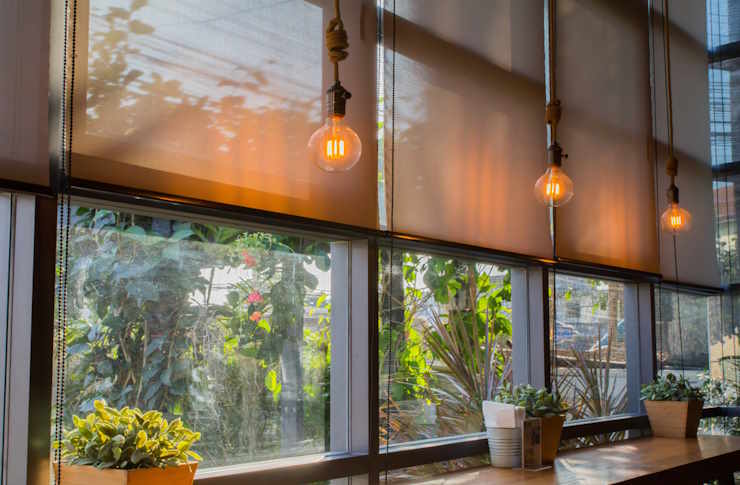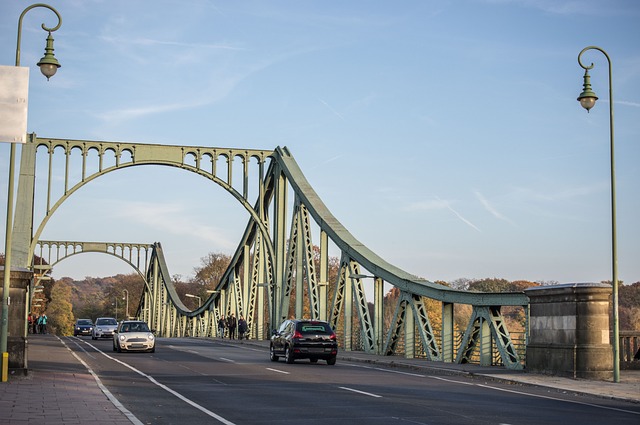Title: Adaptive Reuse: Transforming Commercial Spaces into Residential Gems
In the ever-evolving landscape of real estate, a fascinating trend is gaining momentum: adaptive reuse of commercial properties for residential purposes. This innovative approach breathes new life into vacant office buildings, warehouses, and retail spaces, converting them into unique living environments. As urban populations grow and housing demands shift, this strategy offers a sustainable solution to the housing shortage while preserving architectural heritage and revitalizing neighborhoods.

Historical Context and Evolution
The roots of adaptive reuse can be traced back to the mid-20th century when industrial decline left many urban areas with abandoned factories and warehouses. Initially, artists and creatives were drawn to these spaces for their affordability and unique character. Over time, developers and city planners recognized the potential of these properties, leading to more structured redevelopment projects. The trend has since expanded beyond industrial spaces to include office buildings, schools, and even religious structures.
Current Market Trends Driving Adaptive Reuse
Several factors are fueling the growth of adaptive reuse projects in today’s real estate market. The COVID-19 pandemic has accelerated the shift towards remote work, leaving many office buildings underutilized. Simultaneously, housing shortages in urban areas persist, creating a perfect opportunity for conversion. Investors and developers are increasingly attracted to these projects due to their potential for higher returns and reduced construction timelines compared to ground-up developments.
Financial Implications and Investment Potential
From an investment perspective, adaptive reuse projects can offer significant advantages. While initial renovation costs can be substantial, these projects often benefit from lower land acquisition costs and existing infrastructure. Additionally, many jurisdictions offer tax incentives and zoning flexibility for adaptive reuse, further enhancing the financial appeal. However, investors must carefully assess each property’s potential, considering factors such as structural integrity, environmental remediation needs, and market demand for the proposed end use.
Challenges and Considerations in Adaptive Reuse
Despite its potential, adaptive reuse comes with unique challenges. Building codes and regulations designed for new construction may not easily apply to older structures, requiring creative solutions and potentially costly upgrades. Historic preservation requirements can add another layer of complexity, as developers must balance modern amenities with the preservation of architectural character. Additionally, the unpredictable nature of renovating older buildings can lead to budget overruns and project delays.
Impact on Urban Planning and Sustainability
Adaptive reuse aligns well with sustainable urban development goals. By repurposing existing structures, this approach reduces the need for new construction, thereby lowering carbon emissions and preserving green spaces. It also contributes to urban densification, promoting walkable communities and reducing reliance on car transportation. From a cultural perspective, adaptive reuse helps maintain the historical fabric of cities, preserving landmarks and neighborhood character that might otherwise be lost to demolition and new development.
Case Studies: Successful Adaptive Reuse Projects
Numerous examples across the globe showcase the potential of adaptive reuse. In New York City, the transformation of the Woolworth Building’s upper floors from offices to luxury residences demonstrates how even iconic skyscrapers can find new life. In London, the Battersea Power Station redevelopment has turned a derelict industrial site into a thriving mixed-use community. These projects not only provide unique living spaces but also serve as catalysts for neighborhood revitalization.
Future Outlook and Emerging Trends
As urban populations continue to grow and the nature of work evolves, adaptive reuse is likely to play an increasingly important role in real estate development. Emerging trends include the conversion of suburban office parks into mixed-use communities and the adaptation of retail spaces into experiential living environments. Technology will also play a crucial role, with smart home features and flexible design solutions making these conversions more feasible and attractive to modern residents.
In conclusion, adaptive reuse represents a compelling intersection of preservation, innovation, and sustainable development in the real estate sector. As cities grapple with housing shortages and the changing nature of urban spaces, this approach offers a creative solution that benefits investors, residents, and communities alike. While challenges remain, the potential for transforming underutilized commercial properties into vibrant residential spaces continues to captivate the imagination of developers and urban planners, promising to reshape our cities for generations to come.





